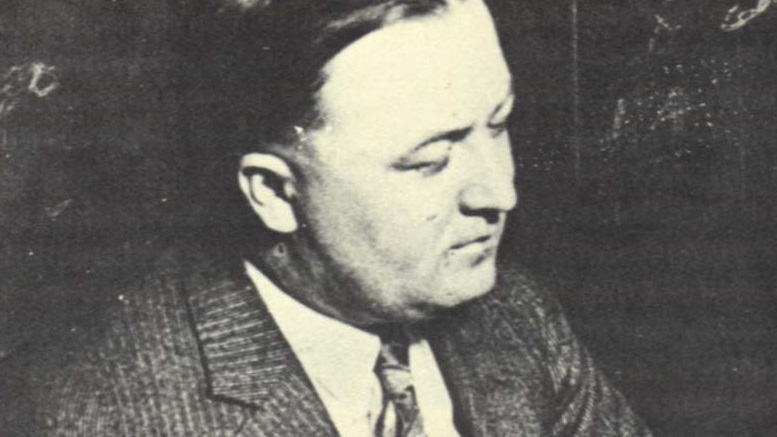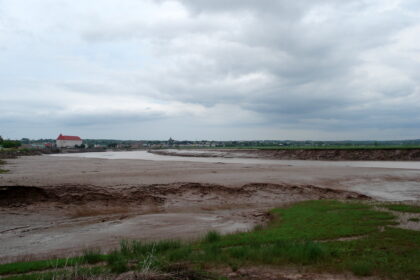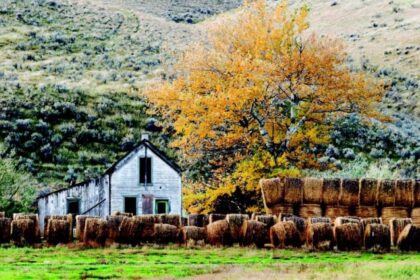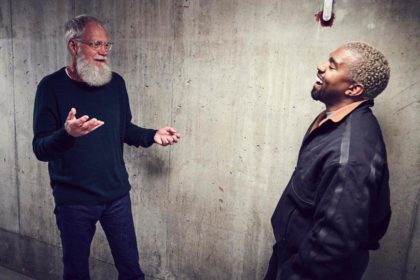Charles Dean O’Banion was an American mobster who was the main rival of Johnny Torrio and Al Capone during the brutal Chicago bootlegging wars of the 1920s. The newspapers of his day made him better known as Dion O’Banion, although he never went by that first name. Take a look below for 27 more interesting and scary facts about Dean O’Banion.
1. He led the North Side Gang until 1924, when he was murdered, reportedly by Frankie Yale, John Scalise and Albert Anselmi.
2. O’Banion was born to Irish Catholic parents in the small town of Maroa in Central Illinois.
3. The O’Banion family moved to Aurora, Illinois, when Dean was a small child.
4. In 1901, after his mother’s death, he moved to Chicago with his father and older brother. His sister, Ruth, remained in Maroa.
5. The family settled in Kilgubbin, otherwise known as “Little Hell,” a heavily Irish area on the North Side of Chicago that was notorious citywide for its crime.
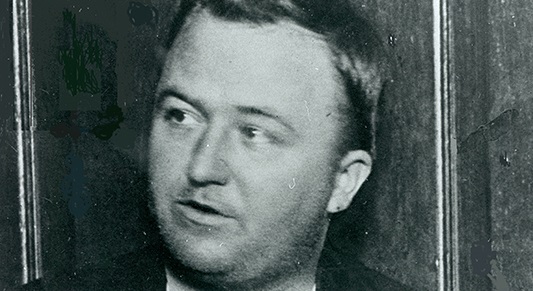
6. As a youngster, “Deanie,” as he became known, sang in the church choir at Chicago’s Holy Name Cathedral. However, neither music nor religion held O’Banion’s interest; instead the street life of Kilgubbin caught his eye.
7. An early nickname for O’Banion was “Gimpy” due to his short left leg, but few people had enough nerve to call him that. The shorter leg was said to be the result of a childhood streetcar accident.
8. O’Banion and his friends, Earl “Hymie” Weiss, Vincent “The Schemer Drucci, and George “Bugs” Moran, joined the Market Street Gang, which specialized in theft and robbery for Chicago’s black market.
9. The boys later became “sluggers,” thugs hired by a newspaper to beat newsstand owners who didn’t sell the paper.
10. The Market Street Gang started out working for the Chicago Tribune. However, they later switched to the rival Chicago Examiner due to a more attractive offer from newspaper boss Moses Annenberg.
11. Through Annenberg, the gang met safecracker Charles “The Ox” Reiser, who taught them his trade.
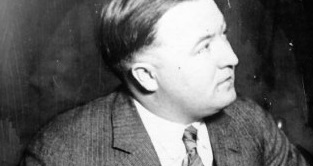
12. In 1909, O’Banion was arrested first for safecracking and then for assault. These were the only times O’Banion ever spent in a correctional institution.
13. O’Banion worked as a waiter at McGovern’s Liberty Inn, where each evening he would delight patrons with his beautiful Irish tenor voice as his pals were picking pockets in the coatroom.
14. O’Banion also drugged his patrons’ drinks, known then as “slipping a Mickey Finn.” When the drunk patrons left the club, O’Banion and his friends would rob them.
15. The gang also met the political bosses of the 42nd and 43rd wards through Annenberg; their job was to use violence to help steer the outcome of elections.
16. With the onset of Prohibition in 1920, O’Banion started a bootlegging operation. He arranged for beer suppliers in Canada to start shipments immediately, and also struck deals with whiskey and gin distributors.
17. O’Banion pioneered Chicago’s first liquor hijacking on December 19, 1921.
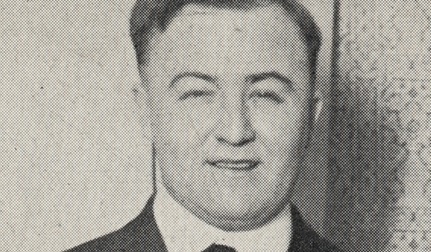
18. He and the “lads of Kilgubbin” quickly eliminated all of their competition. The O’Banion mob, known as the North Side Gang, now ruled the North Side and the Gold Coast, the wealthy area of Chicago situated on the northern lakefront of Lake Michigan.
19. As O’Banion’s name grew in the underworld, he attracted more followers, including Samuel “Nails” Morton, Louis “Two Gun” Alterie, and “Handsome” Dan McCarthy.
20. At the height of his power, O’Banion was supposedly making about $1 million a year on liquor.
21. During one famous job, O’Banion and his men stole over $100,000 worth of Canadian whiskey from the West Side railroad yards.
22. In another famous robbery, O’Banion stole the padlocked Sibly Distillery and walked off with 1,750 barrels of bonded whiskey.
23. In 1921, O’Banion married Viola Kaniff and bought an interest in William Schofield’s River North flower shop, near the corner of West Chicago Avenue and North State Street.
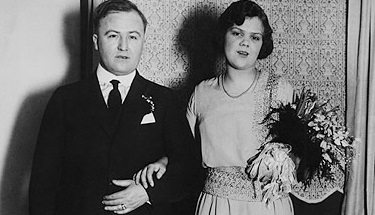
24. He needed a legitimate front for his criminal operations; in addition, he was fond of flowers and was an excellent arranger.
25. Schofield’s became the florist of choice for mob funerals. The shop happened to be directly across the street from Holy Name Cathedral, where he and Weiss attended Mass. The rooms above Schofield’s were used as the headquarters for the North Side Gang.
26. On the morning of November 10, 1924, O’Banion was clipping chrysanthemums in Schofield’s back room. Yale entered the shop with Genna gunmen John Scalise and Albert Anselmi. When O’Banion and Yale shook hands, Yale grasped O’Banion’s hand in a tight grip. at the same time, Scalise and Anselmi stepped aside and fired two bullets into O’Banion’s chest and two into his throat. One of the killers fired a final shot into the back of his head as he lay face down on the floor.
27. The O’Banion killing sparked a brutal five-year gang war between the North Side Gang and the Chicago Outfit that culminated in the killing of seven North Side gang members in the St. Valentine’s Day Massacre in 1929.

